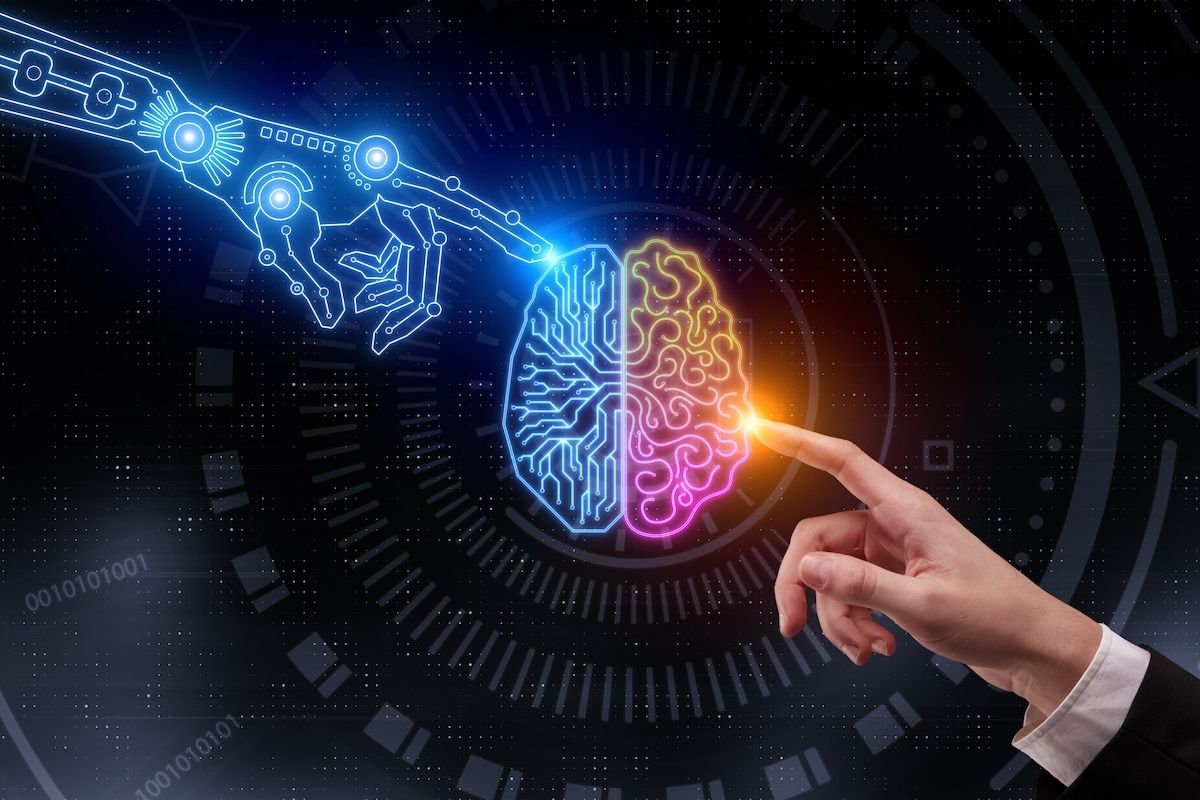Artificial Intelligence:

Artificial intelligence, or AI, is a computer science and engineering field that focuses on developing intelligent machines that can think like humans. These intelligent systems are designed to learn from data and experiences and can adapt and make decisions independently. This process is known as machine learning.
Machine learning is a subset of artificial intelligence that involves training algorithms to learn patterns in data to make decisions or predictions based on those patterns. This process is performed by feeding the algorithm a large dataset and allowing it to learn from that data rather than explicitly programming it to perform a specific task. There are several types of machine learning, including supervised, unsupervised, semi-supervised, and reinforcement learning.
In supervised learning, the algorithm is trained on a labeled dataset, where the correct output is provided for each example in the training set. The algorithm makes predictions based on this input-output mapping. In unsupervised learning, the algorithm is not provided with labeled training examples but is given a dataset and must find patterns and relationships within the data. Semi-supervised learning combines supervised and unsupervised learning, in which the algorithm is given some labeled training examples and some unlabeled examples.
Reinforcement learning involves training an AI to make decisions in an environment to maximize a reward. This is often used in control systems and robotics to teach the AI to perform a task efficiently. Machine learning aims to enable algorithms to improve their performance on a specific job through experience. This allows them to learn and adapt rather than simply executing pre-programmed instructions (code). One of the most well-known examples of AI is the language model called GPT-3, developed by OpenAI. This model can generate human-like text and has been used for various purposes, such as machine translation, question-answering, and language generation.
There are many potential use cases for AI in various industries. For example, in healthcare, AI can be used to analyze patient data and help doctors make more accurate diagnoses. In finance, AI can be used to identify fraudulent activity and make investment recommendations. In customer service, AI chatbots can handle routine inquiries and free up human agents to focus on more complex tasks.
AI can also be used to improve efficiency and productivity in various industries. By automating routine tasks, AI can save time and resources, allowing employees to focus on more critical tasks. In addition, AI can help organizations make better and more informed decisions by analyzing large amounts of data and providing insights that would be difficult for humans to study independently.
Other use cases:
- Natural language processing (NLP) for language translation and transcription
- Image and video analysis for facial recognition and object detection
- Predictive maintenance in manufacturing and logistics
- Fraud detection in banking and finance
- Personal assistants and chatbots for customer service
- Recommendation engines for e-commerce and media
- Medical diagnosis and treatment recommendations
- Predictive modeling for insurance underwriting
- Financial modeling, trading, and portfolio management
- Energy demand forecasting
- Traffic prediction and optimization for transportation systems
- Supply chain optimization
- Agriculture yield prediction and optimization
- HR recruiting and retention
- Online education and personalized learning
- Real estate analysis and prediction
- Environmental impact analysis
- Product design and development
- Legal document formation and analysis
- Quality control in manufacturing and production processes
- Image generation
- Code generation
- Text generation for articles, movie scripts, songs, poems, and even corporate documents
In conclusion, the potential for AI to transform work and businesses is immense. As technology continues to advance and become more sophisticated, we can expect to see even more exciting developments in the future. Individuals and companies need to educate themselves on the capabilities and limitations of AI to make informed decisions about how to incorporate it into their work and operations.
As AI grows, we will continue to release articles on the subject. Future articles will explain how you can implement and use AI daily.
Articles you may find interesting ⬇️:






Thanks for reading!
Site link:



